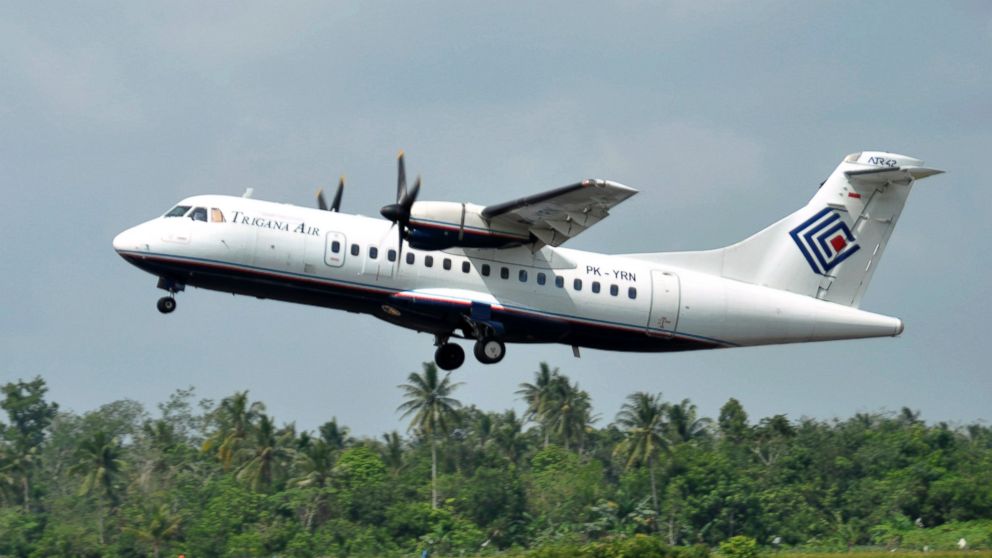Trigana Plane Crash: A Look at the Safety Record of Indonesian Air Travel
It's so bad that the EU has banned certain Indonesian air carriers.

— -- As officials work to recover the wreckage of an Indonesian plane that lost contact with ground control on Sunday, others are trying to determine what may have befallen the ill-fated turboprop plane.
“There have been an awful lot of accidents with this particular air carrier and there are a lot of questions about safety compliance and about their ability to get qualified personnel,” ABC aviation consultant John Nance said of the airline, Trigana.
But Sunday’s crash is just the latest in a series of accidents that have highlighted the Indonesia's spotty record on aviation.
In December, AirAsia Flight 8501 stalled and plunged into the Java Sea just 40 minutes after taking off from Surabaya, Indonesia, killing 162 people on board.
Then in June, a 50-year-old military transport plane in Medan, Indonesia, slammed into a residential street just minutes after takeoff, killing more than 140 passengers and citizens on the ground.
"Following several plane crashes, we should conduct a total audit and modernize the [old] planes," Indonesian President Joko Widodo said in the days that followed.
But plane modernization isn't the only aviation challenge the nation faces.
Indonesia trails global averages in every aviation safety category set out by the International Civil Aviation Organization.
Prompted by the nation’s poor air safety record, the European Union in 2007 banned all Indonesian air carriers from flying into its member countries, including the U.K., France, Germany and Spain. Though the airline-wide ban was lifted in August 2009, bans on certain carriers remain in place.
The ICAO now gives the nation a 61 percent airworthiness rating -- 12 points below the international average -- and a 31 percent rating in accident investigation -- more than 23 points below the international average.
The U.S. Federal Aviation Administration has indicated that Indonesia -- along with nations like Ghana, Uruguay and Bangladesh -- does not meet the international safety standards.
An MIT statistician told the New York Times after the AirAsia incident last December that the chances of dying in an airplane crash in Indonesia one in one million -- 25 times higher than the death rate in the U.S. (In the U.S., the average commuter could fly once a day for 4 million years before dying in a plane crash, the same statistician wrote on CNN.)
Still, air travel demand remains high in Indonesia.
Because the nation spans an archipelago of around 18,000 islands, air transit is often residents’ best option. Meanwhile, airlines -- and safety regulators -- are struggling to keep up.




